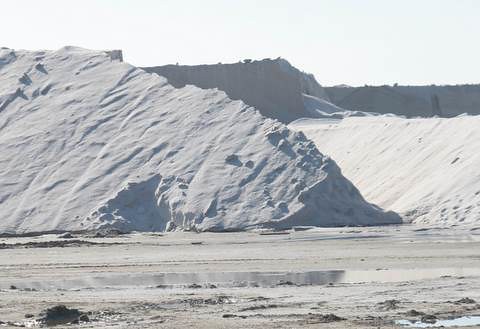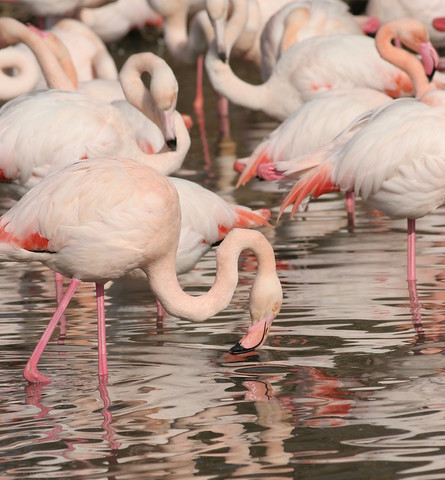The Salt of Life
We may love sugar and hunger for the tang of peppery foods, but salt is the only food seasoning that we really can’t live without. Small amounts of salt are essential for animal life and saltiness is one of the basic human tastes. Salt has been highly valued throughout history. The Egyptians used salt in their funeral offerings; the English word salary and the French word salaire come from the Latin salarium which referred to the money paid to soldiers so they could buy salt. In medieval times, the importance of a person was defined by nearness to salt: the rich were seated at dinner above the saltcellar, those less fortunate, below the salt.
Most often, when we think of salt, we think of cooking. But salt is not only used to improve the taste of food, it is also used to preserve fresh food over the long winters. Salt has even influenced where cities are built. Salzberg, in Austria, was established near salt deposits, and since salz is the German word for salt, its name means Salt City. In the Camargue, Provençal France, the town of Aigues Mortes was founded in 102 BC, by the Romans and further developed by Louis IV. Today, it is the home of Salins a giant salt company.
Knowledgeable chefs choose salt not just by taste, but also by the size, shape and texture of the grain. Of course there are fashions in salt, just as there are in other foodstuffs, but the salt harvested from the Camargue area has long been considered above average in quality. The salt industry in the Camargue has managed to preserve thousands of hectares of wetlands and maintain the ecosystem that is home to the exceptional flora and fauna.
In early spring, shallow land basins are filled with seawater via canal systems linked to the sea. As the water evaporates, the salt is revealed. During the summer months, salt crystals, known as fleur de sel, form on the surface of the water. Ten sauniers or salt workers, continue the centuries old tradition of harvesting by hand and packaging these crystals. Each container of fleur de sel is signed by the salt worker. Some chefs look for containers packaged by particular sauniers, but all of the salt is prized because of its intense taste and crunchy texture. To be fully appreciated, fleur de sel should be used as a finishing salt, added at the very end of the cooking process or as a seasoning. When the summer is over and the fleur de sel has all been hand-harvested, the remaining salt is gathered during September before the autumn rain falls. Unlike the fleur de sel, this salt can be used from the beginning of the cooking process to salt the pot.
From March to November, you can take a guided tour of the salt marshes in a 4-wheel drive. Part of the tour is a bit industrial, but impressive nonetheless, while in the other you pass through dramatic, monumental salt dunes that capture the magnitude of the salt reserves.
Migrating flamingoes, herons and oystercatchers are never out of your sight – they feed on a weed that grows in the high saline conditions and turns the water a reddish color. The weed and the water keep the rosy hue of the flamingos bright. Finish the tour at the boutique to stock up on fleur de sel at unbeatable prices. Some of the spiced salts that have been packaged, for preparing fish or tomato based recipes, are the pride of Provence.
1. Salt dunes in the Camargue
2. Flamingoes in the Camargue
3. Spiced salt










How interesting! I had no idea salt had such an important meaning. I live in Montpellier close to the Camargue, but I’ve never done the tour of the salt marches. Did you enjoy it Laurence?